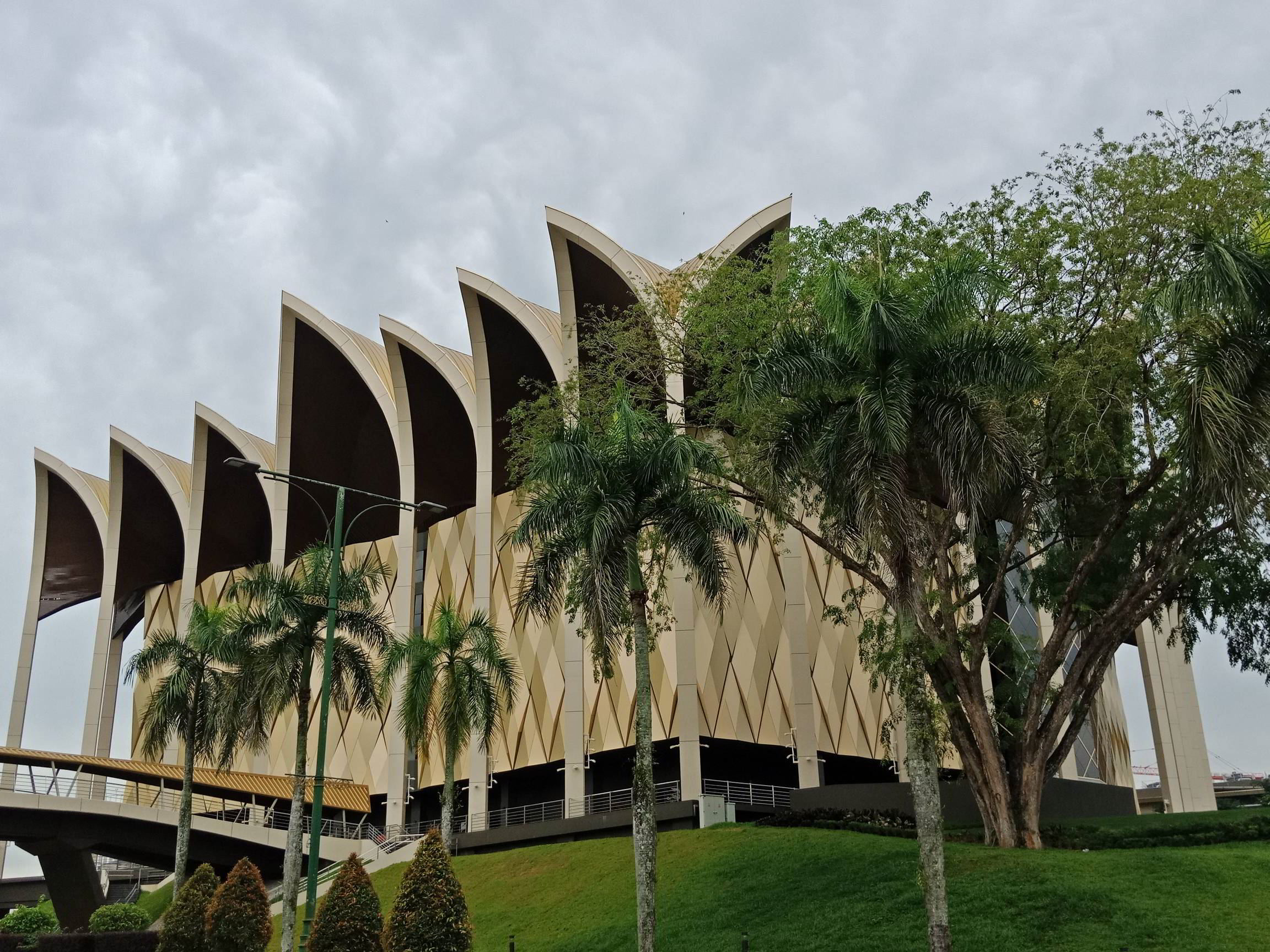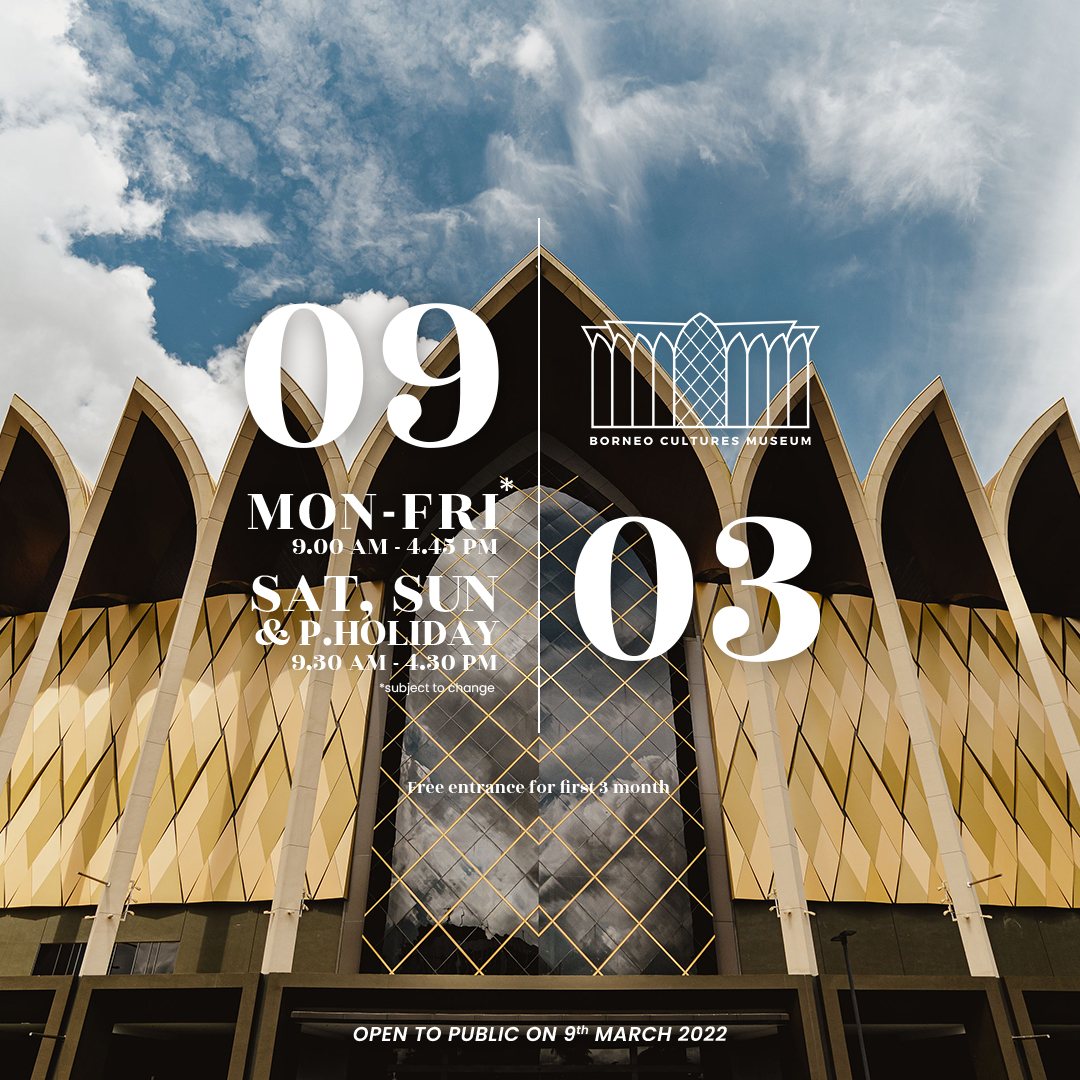Look Into the Interesting Globe of Borneo's Cultural Heritage: A Comprehensive Overview to the Cultures Gallery Experience
Immersing oneself in the elaborate tapestry of Borneo's cultural heritage is comparable to getting started on a voyage through time and practice. The combination of indigenous people, conventional handicrafts, exciting performances, and historical narratives housed within the boundaries of the island's museums offers a glance into a world bursting with profound traditions and vibrant custom-mades. As visitors go across via these repositories of society, they are beckoned to discover a realm where past and existing intermingle, inviting contemplation on the durability and richness of Borneo's varied heritage.
Indigenous Tribes of Borneo
Borneo is home to over 50 indigenous tribes, each with unique cultural techniques and traditions that have actually been maintained for generations. Among these people are the Iban, known for their standard longhouses and intricate tattoos where several family members live. The Dayak individuals, another noticeable team, engage in intricate spiritual ceremonies and are experienced craftsmens, crafting detailed wood carvings and woven textiles. The Penan people, on the various other hand, are nomadic hunter-gatherers with a deep connection to the jungle, using blowpipes for searching and gathering wild plants for food.
These native people play an important function in preserving Borneo's rich cultural tapestry. In spite of outside impacts and innovation, lots of people remain to promote their languages, ideas, and custom-mades. Site visitors to Borneo have the possibility to immerse themselves in the special way of livings of these tribes via social tours, homestays, and community-based tourism initiatives. By engaging with these indigenous neighborhoods, visitors can gain a much deeper appreciation for the variety and strength of Borneo's native heritage.
Traditional Handicrafts and Artifacts

One famous instance of conventional handicrafts in Borneo is the manufacturing of woven products - Borneo Cultures Museum. Experienced weavers use all-natural fibers like bamboo, rattan, and pandan leaves to develop intricate baskets, mats, and devices embellished with vibrant patterns that hold symbolic definitions within the neighborhood
The art of woodcarving is an additional significant element of Borneo's standard handicrafts. Artisans carve elaborate layouts into different kinds of wood to create masks, sculptures, and music tools that not just offer useful objectives however also hold cultural relevance, commonly portraying folklore or spiritual ideas.
Furthermore, Borneo is renowned for its beadwork, with craftsmens meticulously crafting grains from materials like glass, seeds, and shells to produce precious jewelry, clothing embellishments, and ornamental products that showcase the area's vivid visual traditions. These typical inventions and artifacts not just offer as substantial expressions of Borneo's cultural heritage however also provide insights into the areas' beliefs, worths, and way of living.

Social Performances and Festivals
With a deep-rooted link to their social traditions, the communities in Borneo come active with dynamic cultural performances and events that celebrate their heritage. These events display the rich variety of Borneo's ethnic teams, each offering unique dances, songs, and routines that have been given through generations. Among the most distinguished events is the Gawai Dayak, commemorated by the Dayak individuals to note the rice harvesting period. During this festival, standard try this site songs fills up the air, intricate dancings are done, and sophisticated standard costumes are worn. One more significant event is the Pesta Kaamatan, celebrated by the Kadazandusun area to appreciate for the rice harvest. This celebration includes social efficiencies, including the Sumazau dance, and conventional sports like the bamboo dancing. Site visitors to Borneo can immerse themselves in these festivities, obtaining a much deeper understanding of the region's cultural heritage and experiencing the warm hospitality of its people. Cultural performances and events work as a lively tip of Borneo's rich cultural tapestry and the relevance of protecting these practices for future generations.
Historic Narratives and Artefacts
Discovering the historical stories and artifacts of Borneo provides a fascinating look into the region's abundant past and cultural advancement. Borneo's historic tapestry is woven with diverse impacts, mirroring the interactions between aboriginal tribes, Chinese traders, European colonizers, and Malay sultanates. The artifacts located in Borneo showcase this elaborate history, ranging from typical crafts like complex beadwork and woodcarvings to archaeological treasures such as old ceramic and devices.
One of one of the most compelling aspects of Borneo's historic stories is the preservation of dental traditions gave with generations. These stories provide insights into the ideas, custom-mades, and day-to-days live of Borneo's residents throughout the centuries. The artifacts discovered from historical websites offer tangible connections to these stories, enabling site visitors to witness the material look what i found culture of past societies firsthand.
Contemporary Cultural Conservation Efforts

In addition, instructional programs and social exchange tasks play a critical role in raising recognition regarding the value of preserving Borneo's unique cultural heritage. By engaging institutions, galleries, and the broader area in discussions and activities that celebrate Borneo's diverse societies, conservation efforts can obtain momentum and support for lasting sustainability. Partnerships between governmental bodies, charitable organizations, and regional areas are vital in driving these conservation endeavors onward, making sure that Borneo's rich social heritage continues to be dynamic and cherished for generations ahead.
Conclusion
Finally, the cultural heritage of Borneo is abundant and diverse, with indigenous people, traditional inventions, social performances, events, historical stories, and contemporary conservation initiatives all adding to its individuality and significance. Site visitors to Borneo's social galleries can acquire a much deeper understanding and gratitude of the area's cultural heritage, permitting a more immersive and enlightening experience.
Submersing oneself in the detailed tapestry of Borneo's cultural heritage is similar to getting started on a voyage through time and custom.With an ingrained connection Homepage to their cultural practices, the communities in Borneo come to life through lively social performances and celebrations that commemorate their heritage. Social efficiencies and events serve as a dynamic suggestion of Borneo's rich cultural tapestry and the importance of protecting these customs for future generations.
In addition, educational programs and cultural exchange activities play a critical role in raising understanding regarding the relevance of maintaining Borneo's unique cultural heritage. Partnerships in between governmental bodies, charitable organizations, and regional neighborhoods are crucial in driving these conservation undertakings forward, ensuring that Borneo's rich cultural heritage continues to be vibrant and valued for generations to come.